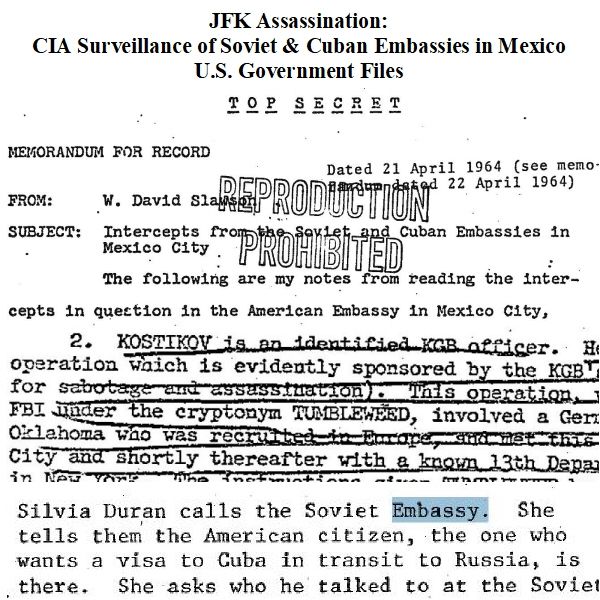
JFK Assassination: CIA Surveillance of Soviet & Cuban Embassies in Mexico U.S. Government Files
$19.50
Description
Oswald in Mexico City: Timeline and Key Figures
Early 1960s:
- The CIA ramps up its operations in Mexico City to monitor communist activity, specifically the Cuban and Soviet Embassies.
- The CIA’s surveillance methods include multi-line phone taps, three photographic sites, a mobile surveillance team, and a mail intercept operation.
- Mexican phone technicians are recruited by the CIA to tap Soviet embassy phone lines.
- Mexican postal workers are used by the CIA to intercept mail for and from the embassies and consulates.
Mid-1962:
- The CIA’s Mexican intelligence counterpart agency decides to install their own phone taps.
- The CIA scrambles to disconnect its own taps to avoid discovery by the Mexican authorities.
September 17, 1963:
- Lee Harvey Oswald receives a 15-day Mexican tourist card.
September 23, 1963:
- Oswald leaves New Orleans to travel to Mexico City.
September 27, 1963:
- Oswald arrives in Mexico City, purchasing his bus ticket under the alias “Mr. H. O. Lee.”
- Oswald visits the Cuban Consulate and communicates with them, seeking visas to Cuba and the Soviet Union. He is told these documents would take months to process.
- Oswald gets into a “heated argument” with Emilio Azcué, the Cuban consul.
- CIA electronic surveillance indicates that Oswald visited and communicated with both the Cuban Consulate and the Soviet Embassy.
September 28, 1963:
- Oswald visits the Soviet Embassy, desperately seeking visas.
- Oswald forces a KGB volleyball match to be canceled by brandishing a weapon at the Soviet consulate.
- Oswald subsequently bursts into tears and leaves the Soviet Embassy.
October 1, 1963:
- A phone call is made by “Lee Oswald” to the Soviet Consulate in Mexico City. The call refers to Oswald’s visit to the embassy on September 28 and his conversation with Valeriy Kostikov.
October 2, 1963:
- Oswald takes a bus from Mexico City to Laredo, Texas, returning to the U.S.
November 22, 1963:
- President John F. Kennedy is assassinated in Dallas, Texas.
November 23, 1963 (One day after the assassination):
- Silvia Tirado de Duran, a receptionist at the Cuban Consulate, is arrested and interrogated by the Mexican federal security service (Direccion Federal de Seguridad – DFS).
- CIA transcripts of phone calls between Silvia Duran and the Soviet Consulate regarding her dealings with Oswald are available.
- Duran’s statement to the DFS corroborates the information in CIA intercepts that Lee Harvey Oswald went to the Cuban Consulate to request a transit visa.
- The DFS provides Duran’s interrogation reports to U.S. authorities in Mexico City, and these reports are widely disseminated to U.S. federal agencies.
- A document dated November 23, 1963, reports on the intercepted phone call made by Oswald to the Soviet embassy on October 1, 1963, identifying Valeriy Kostikov as a KGB assassination department member.
1976:
- The “Senate JFK Assassination Study of Governmental Operations Final Report” (Book V) is released, detailing the performance of intelligence agencies.
Approximately 1983 (20 years before many documents in this collection were released):
- The JFK Assassination Records Review Board writes its final report, highlighting Lee Harvey Oswald’s visit to Mexico City as “one of the more vexing subplots to the assassination story.”
Cast of Characters
- Lee Harvey Oswald: The central figure of this narrative, who traveled to Mexico City in late September/early October 1963, visiting both the Cuban Consulate and Soviet Embassy in an apparent attempt to obtain visas to those countries. He used the alias “Mr. H. O. Lee” for his bus travel. His motives for the trip remain a subject of debate.
- Anne Goodpasture: Worked for the CIA Mexico City Chief of Station, Win Scott, for many years. She possessed a thorough understanding of the CIA’s Mexico City Station operations, including the daily routine, types of operations performed, management, and Win Scott’s working style. She provided information on the handling of audio surveillance tapes, which may have recorded Oswald’s voice.
- Silvia Tirado de Duran: A Mexican national who worked as a receptionist at the Cuban Consulate in Mexico City. She assisted Oswald in his quest to apply for a visa to the Soviet Union. Days after the JFK assassination, she was arrested and interrogated by the Mexican federal security service (DFS). Her statements corroborated CIA intercepts regarding Oswald’s visit to the Cuban Consulate.
- Valeriy Kostikov: Identified in a Nov. 23, 1963 report as the Soviet Embassy consul with whom Oswald spoke on September 28, 1963. The report further identifies Kostikov as a member of the Soviet KGB assassination department, working undercover at the Soviet embassy in Mexico City.
- Emilio Azcué: The Cuban consul in Mexico City whom Oswald encountered during his visit to the Cuban Consulate. Oswald got into a “heated argument” with Azcué when told that visa processing would take months.
- Win Scott: The CIA Mexico City Chief of Station. Anne Goodpasture worked for him and provided insights into his working style and the station’s operations.
- JFK Assassination Records Review Board: An official body responsible for reviewing documents related to the JFK assassination. Their final report, written approximately 20 years before many documents in this collection were released, noted Oswald’s Mexico City trip as a “vexing subplot.”
- Direccion Federal de Seguridad (DFS): The Mexican federal security service. They arrested and interrogated Silvia Tirado de Duran after the assassination and provided her interrogation reports to U.S. authorities.
JFK Assassination: CIA Surveillance of Soviet & Cuban Embassies in Mexico U.S. Government Files
3,027 pages of files related to the CIA’s surveillance of the Cuban and Soviet Embassies in Mexico during the early 1960’s.
The CIA station in Mexico City kept a close eye on both the embassies of Cuba and the Soviet Union, using “multi-line phone taps, three photographic sites, a mobile surveillance team and a mail intercept operation,” according to one document. The CIA in the 1960s had ramped up its Mexico operations to monitor communist activity.
On September 17, 1963, Oswald received a 15-day Mexican tourist card. On the night of the 23rd he left New Orleans to travel to Mexico City. Oswald arrived in Mexico City on September 27, 1963. He purchased a bus ticket using the alias “Mr. H. O. Lee.” Returning he took a bus from Mexico City to Laredo, Texas on October 2, 1963. CIA electronic surveillance indicates that Oswald visited and communicated with both the Cuban Consulate and the Soviet Embassy between September 27 and October 1 or 2, 1963.
In its final report, written 20 years before many documents in this collection were released, the JFK Assassination Records Review Board wrote, “Lee Harvey Oswald’s visit to Mexico City in September-October 1963, remains one of the more vexing subplots to the assassination story. Oswald’s fascination with the Soviet Union and Cuba is well-known, yet there exists no consensus as to why he spent time at both the Soviet and Cuban Embassies during his brief stay in Mexico City in late September and early October 1963. Why did Lee Harvey Oswald make this mysterious trip to Mexico just six weeks prior to the assassination? Was the purpose of this trip merely to apply for a transit visa at the Cuban Embassy in a desperate attempt to return to Moscow after the Soviets had rebuffed his direct approach?”
This collection includes CIA transcripts of the phone calls believed to have been made by Oswald to the embassies. In response to requests for copies of the original recordings, the Agency says that it did not retain tapes from the period of Oswald’s visit as the Station continually recycled the tapes after it transcribed any useful information. According to the transcripts, only one of the calls, made to the Soviet Consulate, identifies specifically a Lee Oswald as the caller.
The CIA assets in Mexico for surveillance included Mexican phone technicians who were recruited to tap the the Soviet embassy’s lines phone lines. Mexican postal workers were used to help intercept mail that would go in and out of the embassies and consulates. In mid-1962, the CIA’s Mexican intelligence counterpart agency decided to install their own taps, prompting a scramble to disconnect the CIA taps to avoid discovery. A memo describes the challenge of working with Mexican authorities, calling the Mexican security service “brutal and corrupt.”
Highlights in this collection include:
Anne Goodpasture Deposition – Goodpasture worked for the CIA Mexico City Chief of Station, Win Scott, for many years and possessed a thorough understanding of the operations of the CIA’s Mexico City Station. She provided information concerning the daily routine of the Mexico City Station, the types of operations performed by the station, the management of operations performed by the station, and the working style of Win Scott. Researchers will be particularly interested in information she provided on the handling of audio surveillance tapes in the station which may have recorded Lee Harvey Oswald’s voice.
Information concerning Sylvia Duran – Silvia Tirado de Duran was a Mexican national who worked as a receptionist at the Cuban Consulate in Mexico City at the time of Oswald’s visit. She assisted Oswald in his quest to apply for a visa to go to the Soviet Union. Days after the assassination, the Mexican federal security service, Direccion Federal de Seguridad (DFS), arrested and interrogated Silvia Tirado de Duran. The CIA had transcribed intercepts of phone calls made between Silvia Duran and the Soviet Consulate in Mexico City that related her dealings with Oswald. Duran’s statement to the DFS after the assassination corroborated the information in CIA’s intercepts that Lee Harvey Oswald went to the Cuban Consulate to request a transit visa. The DFS provided Duran’s interrogation reports to U.S. authorities in Mexico City and the reports were widely disseminated to U.S. federal agencies in the immediate aftermath of President Kennedy’s death.
Among the documents is one dated Nov. 23, 1963, one day after the assassination in Dallas, that reports on an intercepted phone call made by Oswald in Mexico City to the Soviet embassy on Oct. 1, 1963. The call indicates that Oswald visited the embassy on Sept. 28 and spoke with the embassy consul, Valeriy Kostikov, who the report identified as a member of the Soviet KGB assassination department working undercover at the Soviet embassy in Mexico City.
Accounts from witnesses from the Cuban and Soviet diplomatic missions, that Oswald visited their embassies repeatedly on Friday, September 27 and Saturday, September 28, 1963. He was desperately seeking visas to those countries, which Americans were then prohibited from visiting by the United States. Told such documents would take months to process, Oswald got in a heated argument with the Cuban consul, Emilio Azcué. Oswald also forced a KGB volleyball match on Saturday morning to be canceled when he brandished a weapon at the Soviet consulate, before bursting into tears and leaving.
Senate JFK Assassination Study of Governmental Operations Final Report (1976) – Final 105-page report. Full Title: The Investigation of the Assassination of President John F. Kennedy: Performance of the Intelligence Agencies – Book V Final – Report of the Select Committee to Study Governmental Operations with Respect to Intelligence Activities United States Senate – April 1976
Related products
-
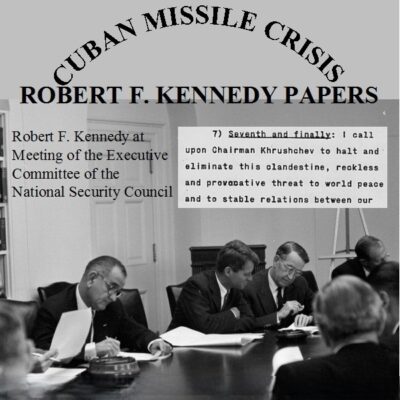
Cuban Missile Crisis: Robert F. Kennedy Papers
$19.50 Add to Cart -
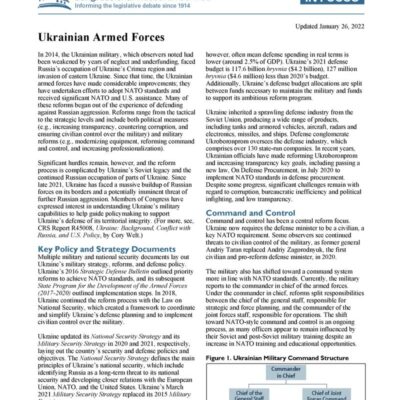
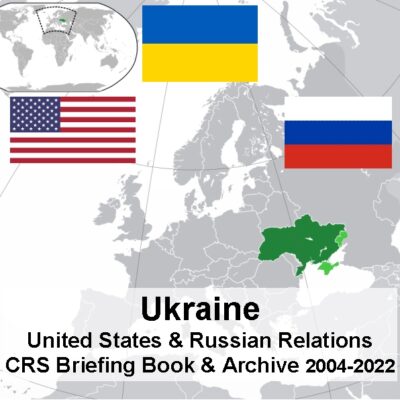
Ukraine – U.S. & Russia Relations: CRS Briefing Book 2004-2022
$3.94 Add to Cart -
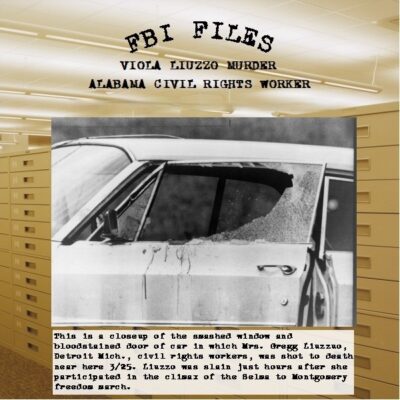
Viola Liuzzo Murder – Alabama KKK FBI Files – President Johnson Secret Phone Recordings
$19.50 Add to Cart -
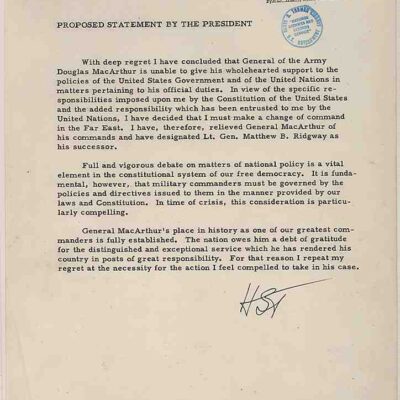
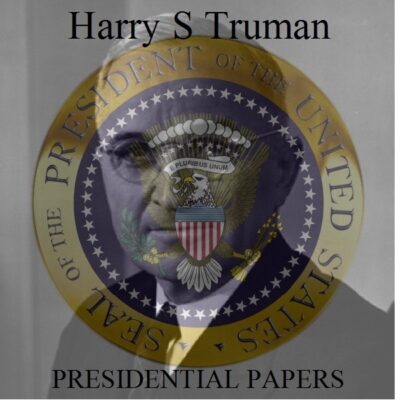
Harry S Truman Presidential Papers
$19.50 Add to Cart